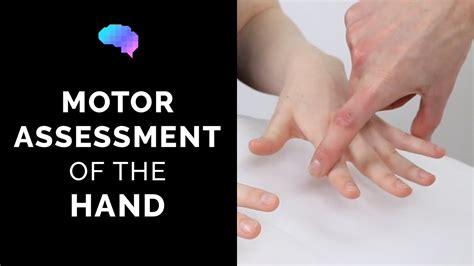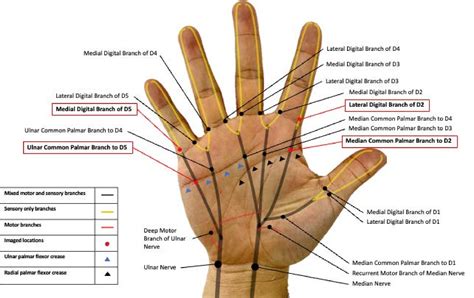Nerves In Hand: Restore Function Quickly

Nerve damage in the hand can be a debilitating condition, affecting not only the functionality of the hand but also the overall quality of life. The hand is a complex and sensitive part of the human body, comprising numerous nerves, tendons, and muscles that work in tandem to facilitate a wide range of movements and sensations. When nerves in the hand are damaged, it can lead to numbness, tingling, pain, and weakness, making everyday activities challenging. The restoration of nerve function is crucial for regaining the full use of the hand, and it requires a comprehensive approach that includes medical treatment, physical therapy, and in some cases, surgery.
Understanding Nerve Damage in the Hand

Nerve damage in the hand can occur due to various reasons, including trauma, compression, or diseases that affect the nerves. The most common types of nerve damage in the hand include carpal tunnel syndrome, cubital tunnel syndrome, and radial tunnel syndrome. Carpal tunnel syndrome, for instance, is a condition that arises from the compression of the median nerve as it passes through the wrist, leading to symptoms such as numbness, tingling, and pain in the thumb, index, middle finger, and part of the ring finger. Early diagnosis and treatment are vital to prevent long-term damage and restore nerve function quickly.
Diagnosis and Treatment Options
The diagnosis of nerve damage in the hand typically involves a combination of physical examination, medical history, and diagnostic tests such as electromyography (EMG) and nerve conduction studies (NCS). These tests help to assess the extent of nerve damage and guide the treatment plan. Treatment options vary depending on the cause and severity of the nerve damage but may include physical therapy to improve range of motion and strength, medications to manage pain and inflammation, and surgery to relieve compression on the nerves. In cases where nerve damage is severe, nerve repair surgery may be necessary to restore nerve function.
| Type of Nerve Damage | Symptoms | Treatment Options |
|---|---|---|
| Carpal Tunnel Syndrome | Numbness, tingling, pain in the thumb, index, middle finger, and part of the ring finger | Physical therapy, medications, surgery |
| Cubital Tunnel Syndrome | Numbness, tingling, pain in the ring and little fingers | Physical therapy, medications, surgery |
| Radial Tunnel Syndrome | Pain on the back of the hand or wrist, weakness in the wrist or fingers | Physical therapy, medications, surgery |

Restoring Nerve Function: A Comprehensive Approach

Restoring nerve function in the hand requires a multifaceted approach that includes not only medical treatment but also lifestyle modifications and rehabilitation. Physical therapy plays a crucial role in the rehabilitation process, helping to improve range of motion, strength, and dexterity. Additionally, occupational therapy can assist individuals in adapting to their condition and learning new ways to perform daily activities. In some cases, alternative therapies such as acupuncture and massage may also be beneficial in managing symptoms and promoting healing.
Future Implications and Preventive Measures
While the primary focus is on restoring nerve function, it is equally important to consider preventive measures to avoid further nerve damage. This includes ergonomic adjustments to reduce repetitive strain on the hands and wrists, regular exercise to maintain flexibility and strength, and proper posture to minimize pressure on the nerves. By adopting these preventive measures and seeking early medical intervention when symptoms arise, individuals can reduce their risk of nerve damage and maintain optimal hand function.
What are the common symptoms of nerve damage in the hand?
+Common symptoms of nerve damage in the hand include numbness, tingling, pain, and weakness in the hand or fingers. The specific symptoms can vary depending on which nerve is affected.
How is nerve damage in the hand diagnosed?
+Nerve damage in the hand is typically diagnosed through a combination of physical examination, medical history, and diagnostic tests such as electromyography (EMG) and nerve conduction studies (NCS).
What are the treatment options for nerve damage in the hand?
+Treatment options for nerve damage in the hand include physical therapy, medications, and surgery. The specific treatment plan depends on the cause and severity of the nerve damage.
In conclusion, nerve damage in the hand is a serious condition that requires prompt and comprehensive treatment to restore nerve function quickly. By understanding the causes, symptoms, and treatment options, individuals can take proactive steps towards recovery and regain the full use of their hand. It is essential to seek medical attention early and work closely with healthcare professionals to develop a personalized treatment plan. With the right approach, it is possible to overcome nerve damage and maintain optimal hand function for years to come.



